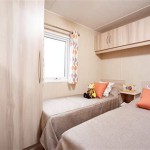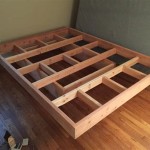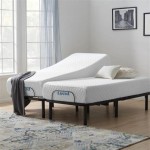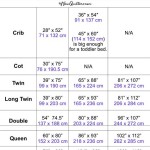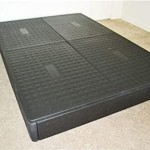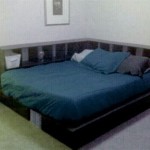What is the Standard Size of a Single Bedroom?
Determining the standard size of a single bedroom can be a complex task. Unlike standardized measurements for things like paper or clothing, bedroom dimensions are highly influenced by factors such as location, building style, and personal preferences. While definitive "standard" sizes don't exist, there are common ranges and guidelines that provide a framework for understanding what to expect.
Factors Affecting Bedroom Size
The size of a single bedroom can be impacted by various factors, including:
- Location: Different regions and countries have varying housing standards and building codes, which influence the minimum and average bedroom sizes.
- Building Style: Older homes or those with unique architectural styles may have smaller or larger bedrooms than modern construction.
- Property Type: Apartments, condominiums, and detached houses often have different size expectations for bedrooms.
- Intended Use: A bedroom for a single person might differ in size from one meant for a family or guests.
Common Bedroom Size Ranges
Despite the lack of a universal standard, certain size ranges tend to be prevalent for single bedrooms. These ranges provide a general notion of what to anticipate:
- Small Single Bedrooms: Approximately 80-100 square feet (7-9 square meters). These spaces can be compact and suitable for a single bed, dresser, and a small desk or nightstand.
- Medium Single Bedrooms: Around 100-150 square feet (9-14 square meters). These offer more space for additional furniture, such as a chair, bookshelf, or larger dresser.
- Large Single Bedrooms: Over 150 square feet (14 square meters). These rooms provide ample space for various furniture items, including a large bed, a seating area, and perhaps even a closet.
It is important to note that these ranges are not absolute and can vary considerably depending on the factors mentioned earlier. It's crucial to research the specific property and the intended use of the bedroom to get a clearer picture of its actual size.
Understanding Bedroom Size in Relation to Function
When considering the size of a single bedroom, it's helpful to think about its intended function. A bedroom intended for sleeping only might require less space than one that needs to accommodate work, hobbies, or storage. Here are some aspects to consider:
- Bed size: The dimensions of the bed will significantly impact the overall space requirements. A single bed (3.5 feet wide) requires less room than a double (5 feet wide) or king-size bed (7 feet wide).
- Furniture needs: Consider the number and size of other furniture items, such as a desk, chair, dresser, bookshelf, or nightstand. Each piece will require a certain amount of space allocation.
- Movement and flow: Ensure there is enough space for comfortable movement around the furniture, including access to doors, windows, and closet.
- Storage needs: A small bedroom may require more creative storage solutions than a larger one. Assess storage needs and consider built-in closets, shelves, or under-bed storage.
By carefully considering the intended function of the bedroom and its potential limitations, you can make informed decisions about the size and layout that best suit your individual needs and preferences.

Kid S Bedroom Layouts With One Bed

Standard Bedroom And Master Average Sizes Cedreo

Standard Bedroom And Master Average Sizes Cedreo

Standard Room Sizes Fantasticeng

Standard Bedroom Size With Two Twin Beds Small Double Room Layouts

Standard Bedroom And Master Average Sizes Cedreo

Pin By Radka Mistolerová On Ergonometrie Bedroom Dimensions Layouts Size

Buy Jill 3 Piece Single Bedroom Set 90x200 Cm In Ksa Homebox

Standard Room Sizes Fantasticeng

What Is The Average Bedroom Size With Drawings Upgradedhome Com
Related Posts
